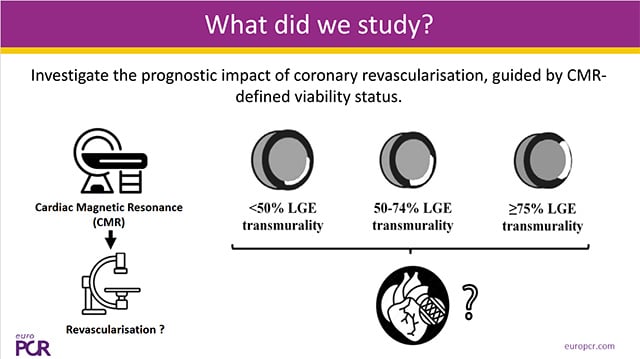361 results
Renal, inflammation and protection strategies in PCI
11 Oct 2025 – From AICT-AsiaPCR 2025
Delve into renal protection and inflammation management strategies in PCI, with a focus on renal blood flow indicators in chronic heart failure, the protective role of exosomes in myocardial ischemia, and efficacy of renal guard devices against contrast-induced nephropathy. The session also examines radial artery occlusion...
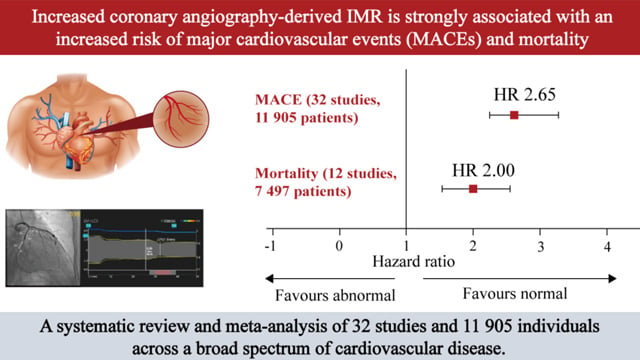
Coronary interventions: access, devices and outcomes
10 Oct 2025 – From AICT-AsiaPCR 2025
This session delves into the latest developments in coronary interventions, highlighting advances in vascular access techniques, innovative devices, and clinical outcomes. Topics include endothelial progenitor cell dysfunction in restenosis, the efficacy of distal radial artery (DRA) puncture and sheathless catheters in underserved areas, the use of...
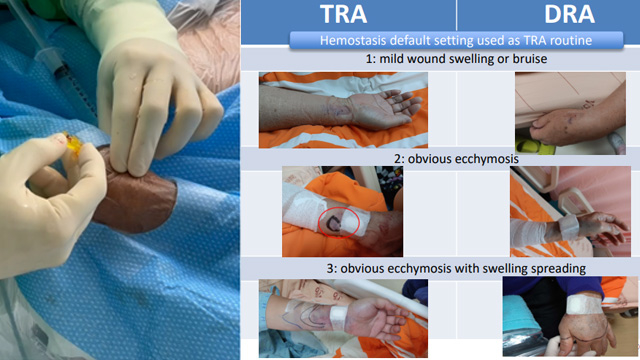
NSTEMI, complex ACS and anatomy
10 Oct 2025 – From AICT-AsiaPCR 2025
This session focuses on complex cases involving non-ST elevation myocardial infarction (NSTEMI), acute coronary syndromes (ACS), and challenging coronary anatomy. It presents unique clinical scenarios such as pediatric rescue PCI, management of significant distal lesions with proximal PCI, anatomical variations complicating interventions, mixed cardiovascular disease management,...
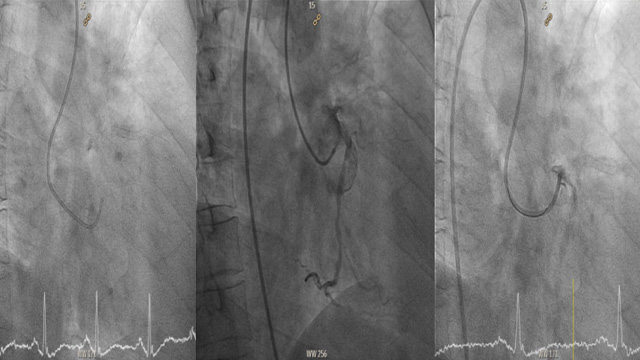
Device-related complications and innovative solutions
10 Oct 2025 – From AICT-AsiaPCR 2025
Examine a comprehensive overview of device-related complications encountered during interventional cardiology procedures and the innovative solutions designed to overcome these challenges. This session features diverse case studies including stent dislodgement, aorto-ostial calcified vessel interventions, balloon entrapment, and rare anatomical fistula closures, illustrating practical management strategies.
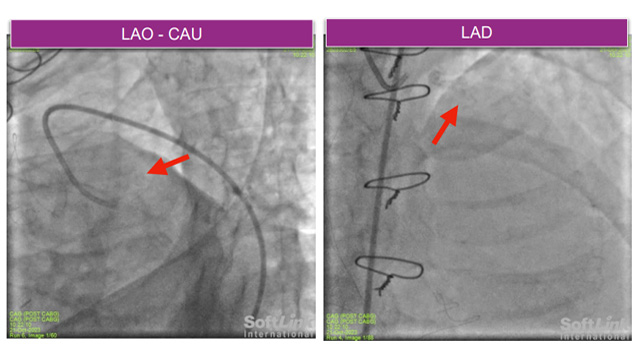
The AQUATIC trial: Assessment of quitting versus using aspirin therapy in patients with stabilized coronary artery disease after stenting who require long-term oral anticoagulation
01 Sep 2025
Chiara De Biase provides her take on the results of AQUATIC presented by Martine Gilard at ESC Congress 2025 in Madrid.

Author
![The AQUATIC trial [Assessment of quitting versus using aspirin therapy in patients with stabilized coronary artery disease after stenting who require long-term oral anticoagulation: Rationale for and design of the AQUATIC double-blind randomized trial]](https://www.pcronline.com/var/pcrov3/storage/images/pcronline/news/whats-new-on-pcronline/2025/esc/aquatic-trial-quitting-versus-using-aspirin-therapy-patients-stabilized-cad-stenting-long-term-oral-anticoagulation/27448089-9-eng-GB/The-AQUATIC-trial-Assessment-of-quitting-versus-using-aspirin-therapy-in-patients-with-stabilized-coronary-artery-disease-after-stenting-who-requi_image_responsive_6.jpg)
PCRonline @ ESC Congress 2025: the interventional cardiology perspective!
26 Jul 2025
Stay updated with the latest in interventional cardiology at #ESCCongress 2025!

One- versus three-month DAPT after everolimus-eluting stent implantation in diabetic patients at high-bleeding risk: results from the XIENCE Short DAPT programme
17 Jun 2025
This analysis from the XIENCE Short DAPT programme compared the safety and efficacy of one-month versus three-month DAPT in high-bleeding risk patients with and without diabetes mellitus (DM) following PCI with everolimus eluting stents (EES).

Reviewer
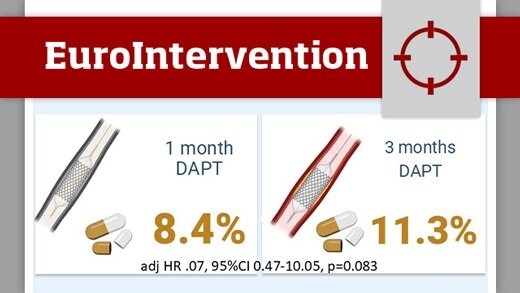
Recurrent events analysis of MASTER DAPT: total ischemic and bleeding events after abbreviated vs prolonged DAPT in HBR patient
04 Jun 2025
This exploratory analysis from the MASTER DAPT trial evaluates the effect of abbreviated versus prolonged DAPT on total ischaemic and bleeding events in high-bleeding-risk patients from the MASTER DAPT trial.

Reviewer
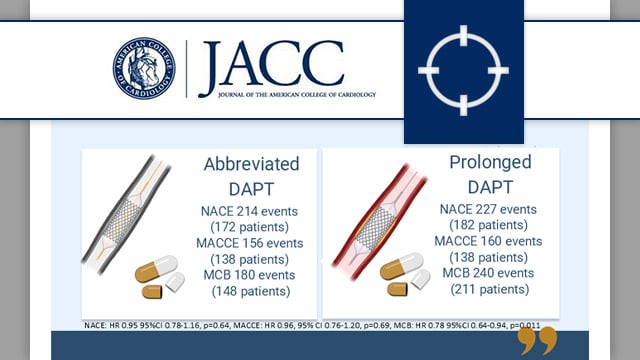
Effects of proton pump inhibitors on gastrointestinal bleeding and cardiovascular outcomes in myocardial infarction patients treated with DAPT
08 Apr 2025
This large retrospective analysis using data from the Republic of Korea’s Nationwide Health Claims database showed that co-prescription of a PPI in patients treated with DAPT following an AMI was associated with reduced major GI bleeding as well as reduced minor GI bleeding requiring hospitalisation, regardless...

Reviewer

Reviewer
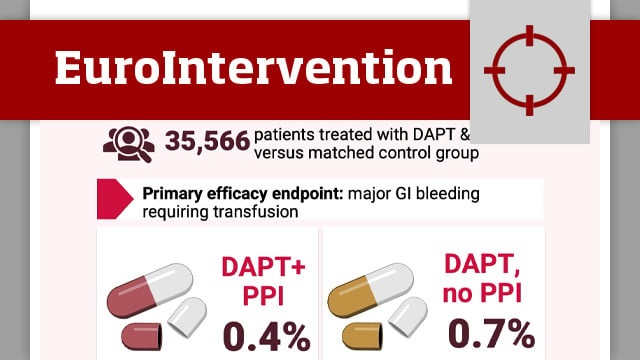
Anatomy, physiology and clinical judgment: insights from contemporary strategies to guide PCI
22 May 2025 – From EuroPCR 2025
Discover contemporary strategies integrating anatomy, physiology, and clinical judgment to guide percutaneous coronary intervention (PCI). This session explores the impact of stress cardiovascular magnetic resonance in primary prevention, viability-guided PCI, and physiology-based decision-making including quantitative flow ratio (QFR). Learn about identifying patients at risk for major...
